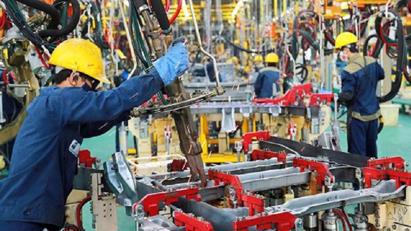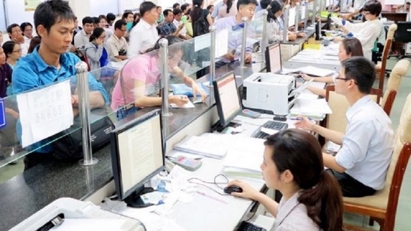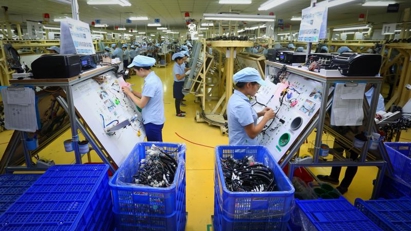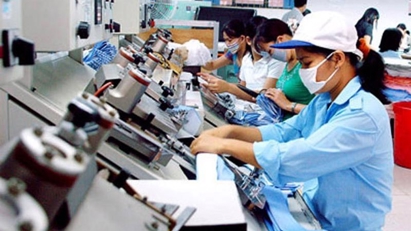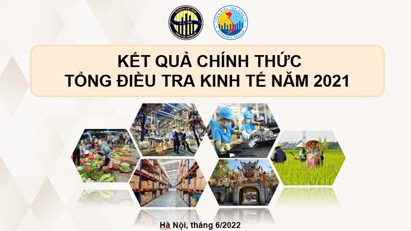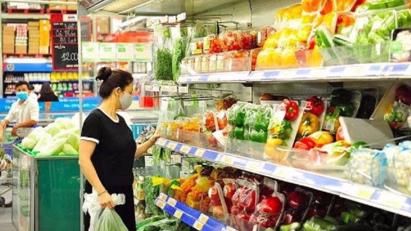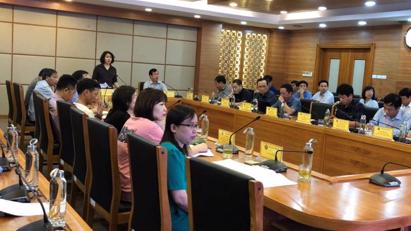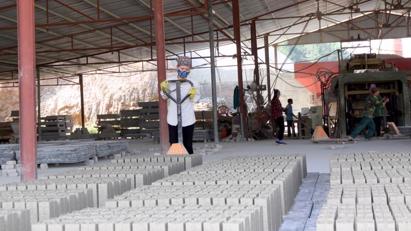
September CPI up 0.4%
The General Statistics Office has reported that the price of essential consumer goods and services increased in line with the price of raw materials, pushing up the CPI in September by 0.4 per cent compared to August. Core inflation in September increased 0.4 per cent over August and 3.82 per cent year-on-year. On average, core inflation increased 1.88 per cent year-on-year in the first nine months of 2022; lower than the overall average CPI.


